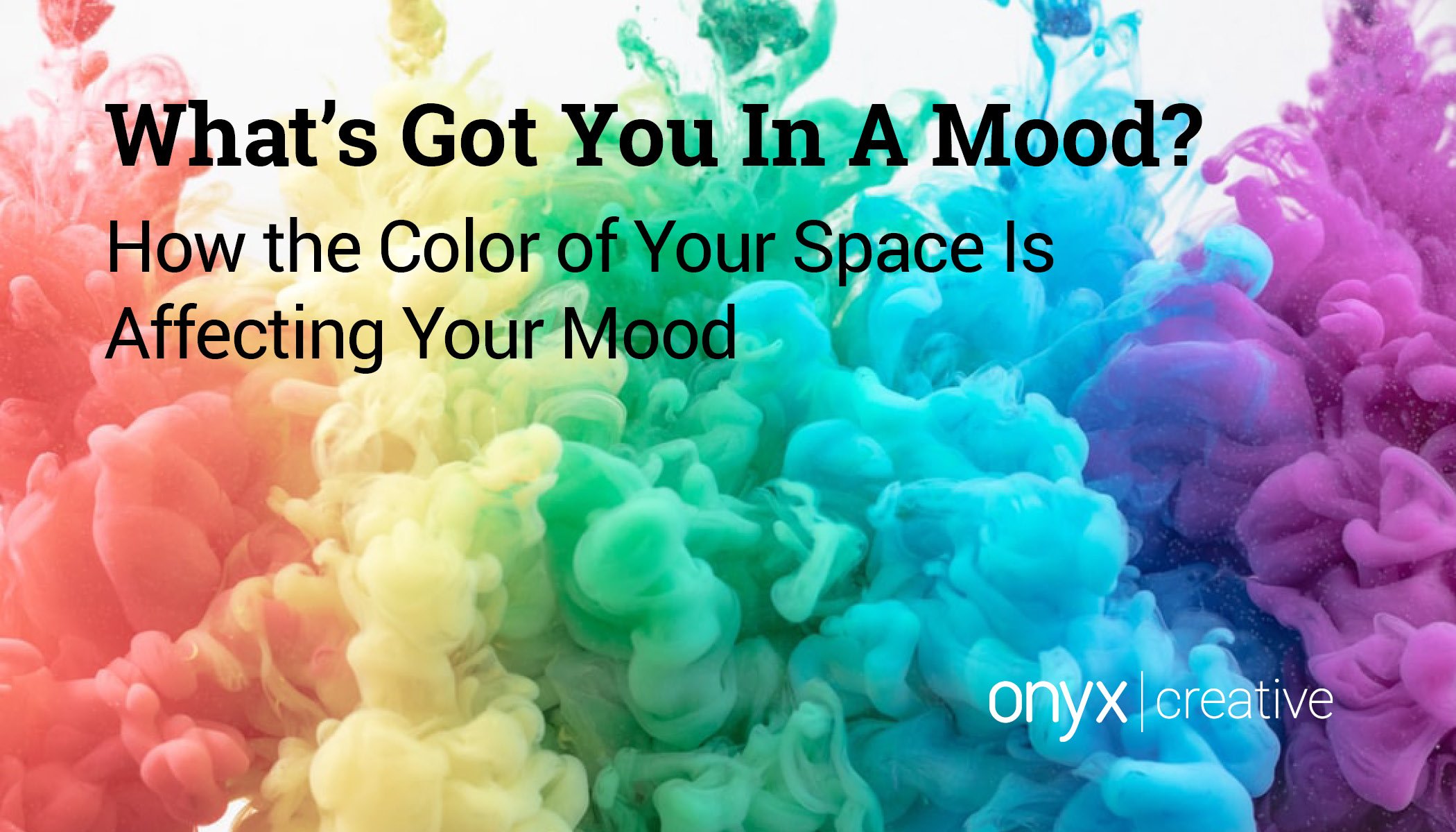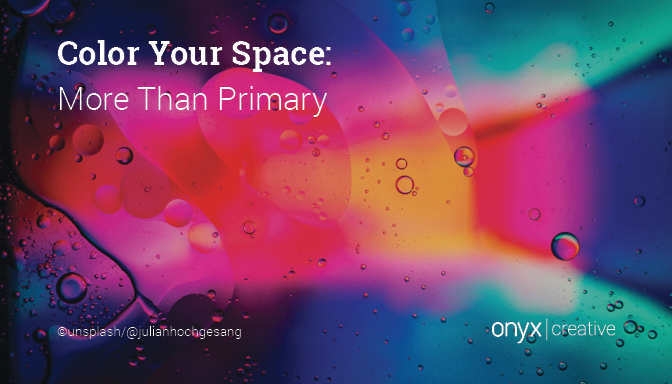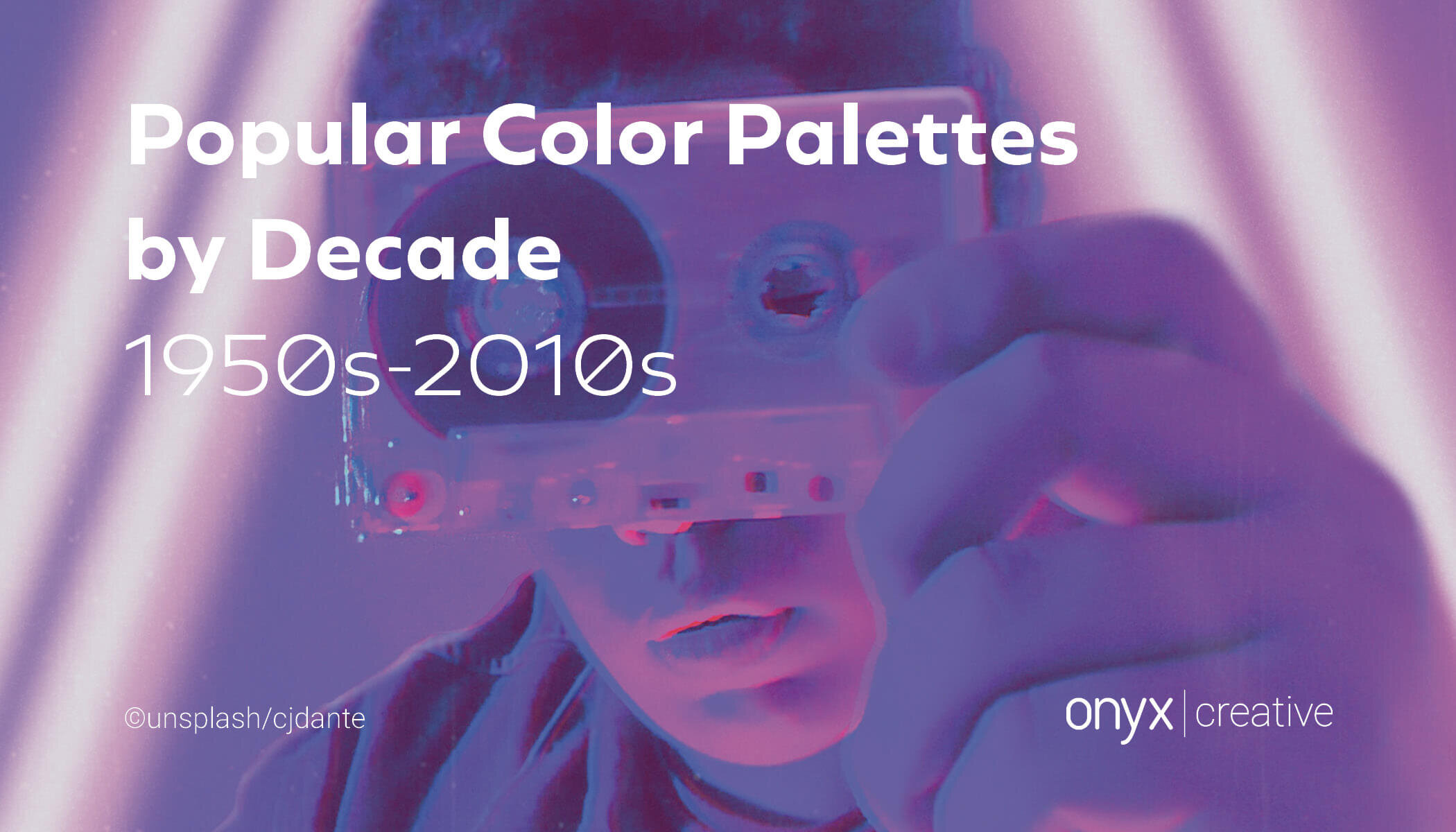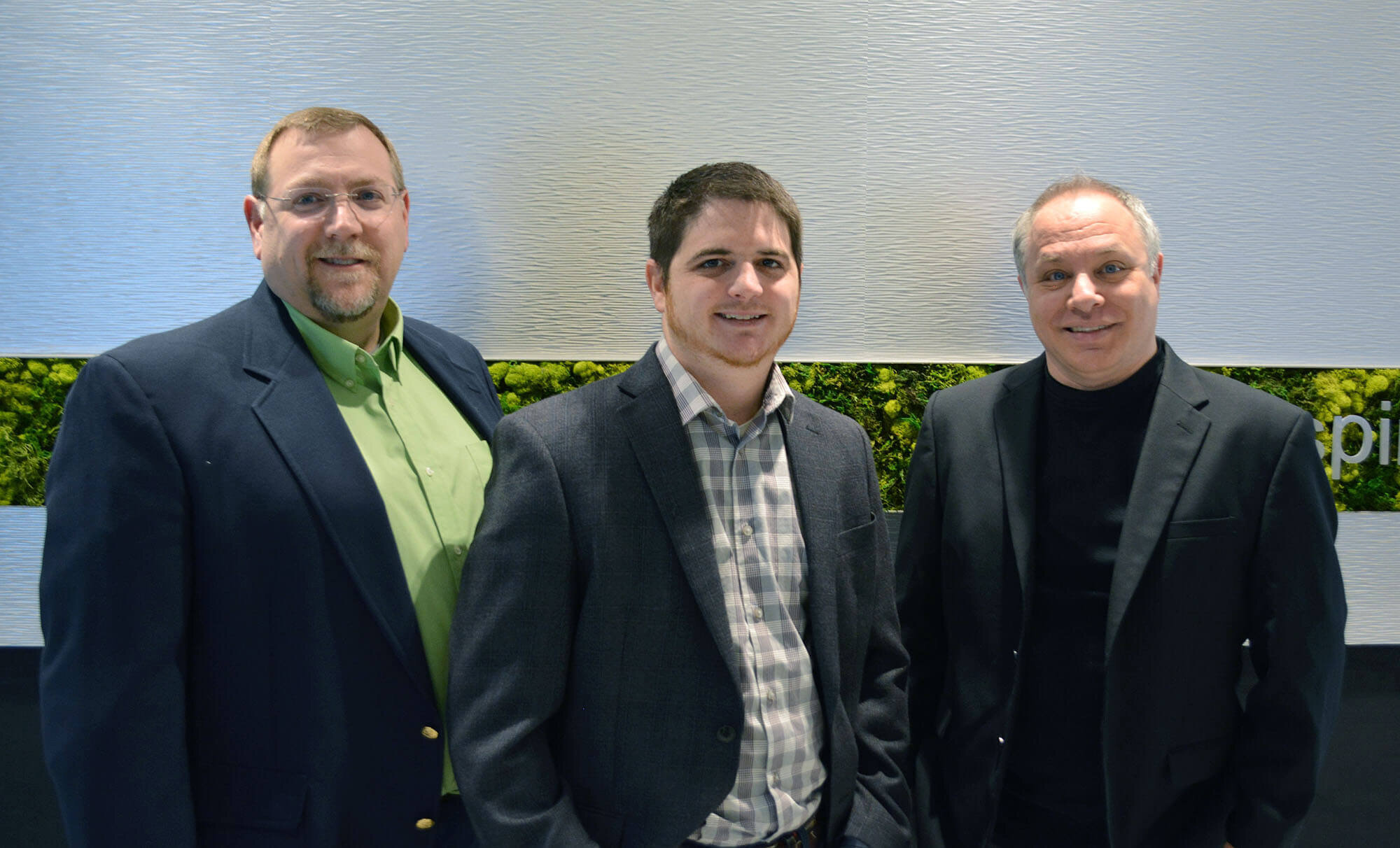One of the greatest challenges designers and architects face is planning an environment for a hypothetical user they’ve never met. This problem is further emphasized in healthcare facilities, where additional levels of vulnerability are layered on top of an already existing variety of personal preferences and needs. Healthcare is one of the most complex markets to plan and design; from regulatory requirements and operational needs to complex spatial relationships and human factors.
Read MoreIntegration of Healthcare Planning in Urban Environments: How Millennials and Baby Boomers Aren’t As Different As You Think
by Rita Gochberg
Advancements in mass transit and affordability of private transportation, urban planning, segregated living, working and shopping environments, and the establishment of low-density dwelling neighborhoods, all give rise to automobile dependency and suburban sprawl. In the early 1980s, the New Urbanism movement was established in the U.S. as a response to the detrimental effects of urban sprawl, becoming influential in aspects of urban planning and municipal land-use perimeters. The following study evaluates the sum of the significant impacts of suburban sprawl, establishes common patterns between urbanist methodology and evolution of healthcare systems, assesses population living preferences among two major cohorts, baby boomers and millennials, and proposes a pathway to better integration of healthcare services within the urbanist environment.
Read More































